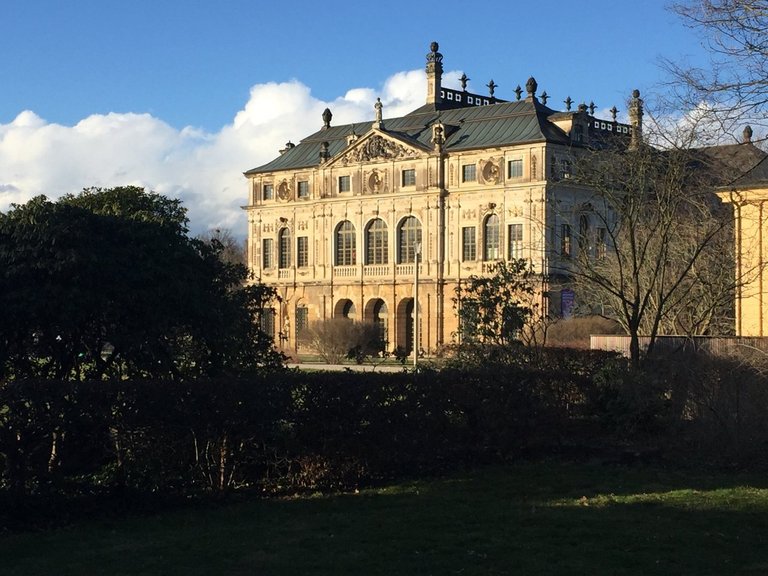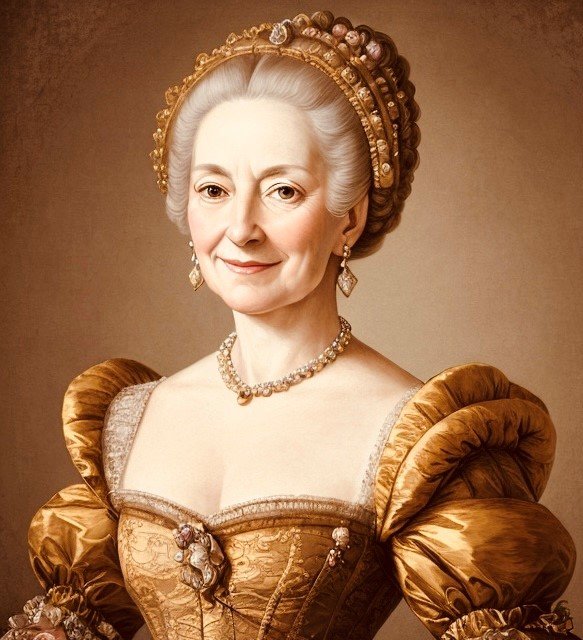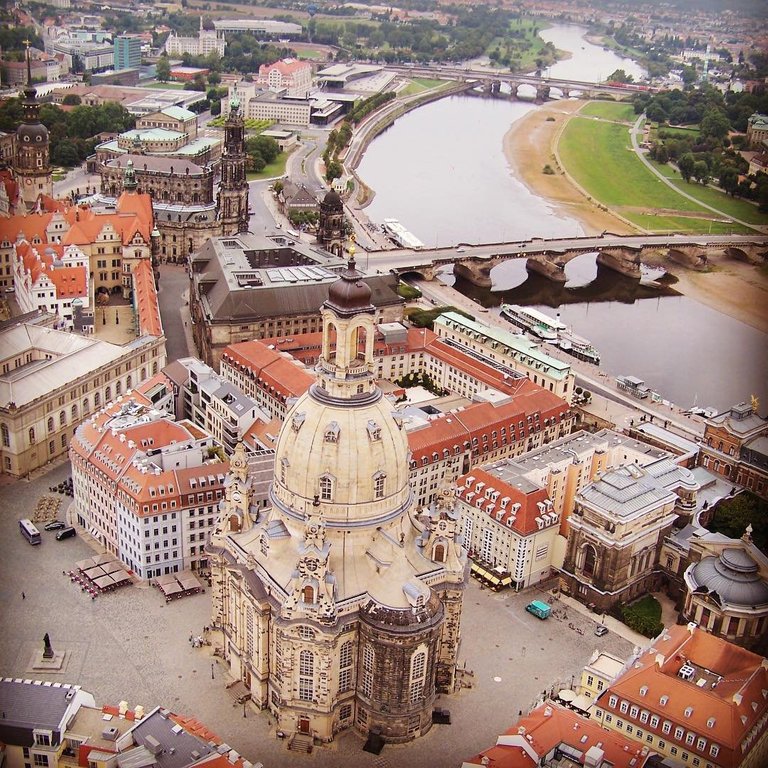
When I speak of my Schillerplatz, I speak of a place where history, motion, and a touch of refined charm intertwine. Nestled between the magnificent Loschwitz Bridge – affectionately known as the “Blue Wonder” – and the stately villas of Blasewitz, Schillerplatz has been a vibrant hub of my city life for well over a century.
The square was named in 1859, on the 100th anniversary of Friedrich Schiller’s birth. Then as now, it reflected the pride of the rising bourgeoisie, for Blasewitz was becoming the home of Dresden’s affluent citizens, who built grand villas near the Elbe and spent their summers here. Schillerplatz formed the heart of this elegant district – a place of leisure, conversation, and culture.
Originally designed as a green, park-like square lined with chestnut trees and flowerbeds, Schillerplatz once featured a statue of the poet himself. Though the monument was lost in the Second World War, the name still honors Schiller’s spirit of freedom and humanity – ideals that perfectly suit the open-minded character of Blasewitz.

Architecturally, the square is a living testament to the Wilhelminian era. Many surrounding buildings, with their ornate façades in Historicist and Art Nouveau styles, reflect the wealth and artistry of Dresden around 1900. Today, cafés, boutiques, and small shops breathe life into the square, giving it an almost village-like atmosphere. On market days, the scent of fresh bread and flowers fills the air, and people from all walks of life gather on the benches to watch the world go by.
Schillerplatz is also inseparably linked to the “Blue Wonder,” that iconic steel bridge completed in 1893 – an engineering marvel of its time. Crossing from here to Loschwitz offers one of the most picturesque views my city has to offer.
Over the decades, the square has witnessed transformation: from bourgeois idyll to wartime devastation, and then to its revival after reunification. Today, it stands as a vibrant symbol of continuity, where Dresden’s past and present coexist gracefully.
I take great pride in Schillerplatz – in its elegance, its energy, and its enduring charm. It remains one of those places where my heart beats most clearly: a bridge between tradition and modern life, between memory and tomorrow.
Der Schillerplatz in Blasewitz – Dresdens Tor zur Elbseite der Eleganz

Wenn ich von meinem Schillerplatz erzähle, dann spreche ich von einem Ort, an dem Geschichte, Bewegung und ein Hauch von mondäner Lebensart miteinander verschmelzen. Eingebettet zwischen der prächtigen Loschwitzer Brücke – die von uns allen nur liebevoll „Blaues Wunder“ genannt wird – und den herrschaftlichen Villen von Blasewitz, ist der Schillerplatz seit mehr als einem Jahrhundert ein Knotenpunkt meines städtischen Lebens.
Seinen Namen erhielt der Platz im Jahr 1859, zum 100. Geburtstag Friedrich Schillers. Damals wie heute war er Ausdruck bürgerlichen Stolzes, denn in Blasewitz siedelte sich seit Mitte des 19. Jahrhunderts das Dresdner Bürgertum an, das hier, in der Nähe der Elbe, den Sommer verbrachte und prachtvolle Villen errichten ließ. Der Schillerplatz bildete das Herz dieses neuen, eleganten Stadtteils – ein Ort der Begegnung, des Flanierens und der Kultur.
Ursprünglich war der Platz gartenartig gestaltet, gesäumt von Kastanien und Blumenrabatten. Im Zentrum stand einst ein Schillerdenkmal, das leider im Zweiten Weltkrieg zerstört wurde. Doch bis heute erinnert der Name an den großen Dichter, dessen Geist von Freiheit und Menschlichkeit gut zum weltoffenen Charakter Blasewitz’ passt.

Architektonisch erzählt der Platz die Geschichte der Gründerzeit. Die umliegenden Gebäude – viele davon prachtvolle Beispiele des Historismus und Jugendstils – spiegeln die wohlhabende Kultur Dresdens um 1900 wider. Heute reihen sich dort Cafés, Boutiquen und kleine Läden aneinander, die dem Schillerplatz ein lebendiges, fast dörfliches Flair verleihen. Besonders an Markttagen erfüllt der Duft von frischem Gebäck und Blumen die Luft, und auf den Bänken sitzen Studenten, Familien und ältere Dresdner gleichermaßen.
Untrennbar verbunden ist der Schillerplatz auch mit dem „Blauen Wunder“, jener technisch revolutionären Stahlbrücke, die 1893 eröffnet wurde. Von hier aus gelangt man über die Elbe hinüber nach Loschwitz – und genießt einen der schönsten Blicke, die ich, Dresden, zu bieten habe.
Im Laufe der Jahrzehnte hat der Platz viele Wandlungen erlebt: von der bürgerlichen Idylle über die Zerstörungen des Krieges bis zur Wiederbelebung nach der Wende. Heute zeigt er sich als weltoffener Ort, an dem Dresdner Geschichte auf Gegenwart trifft.
Ich bin stolz auf diesen Platz – auf seine Anmut, seine Energie und auf das, was er für mich bedeutet: ein Sinnbild dafür, wie sich Tradition und Leben, Geschichte und Zukunft in Harmonie begegnen können.
 |

|  |
[//]:# ([//]:# (!worldmappin 51.05217 lat 13.80704 long d3scr))
You can check out this post and your own profile on the map. Be part of the Worldmappin Community and join our Discord Channel to get in touch with other travelers, ask questions or just be updated on our latest features.
You are right the place is very elegant.
Seeing trams on the street is a novelty for us Brits. Only a few places have them here. I'm sure cyclists have to watch out for the tracks.